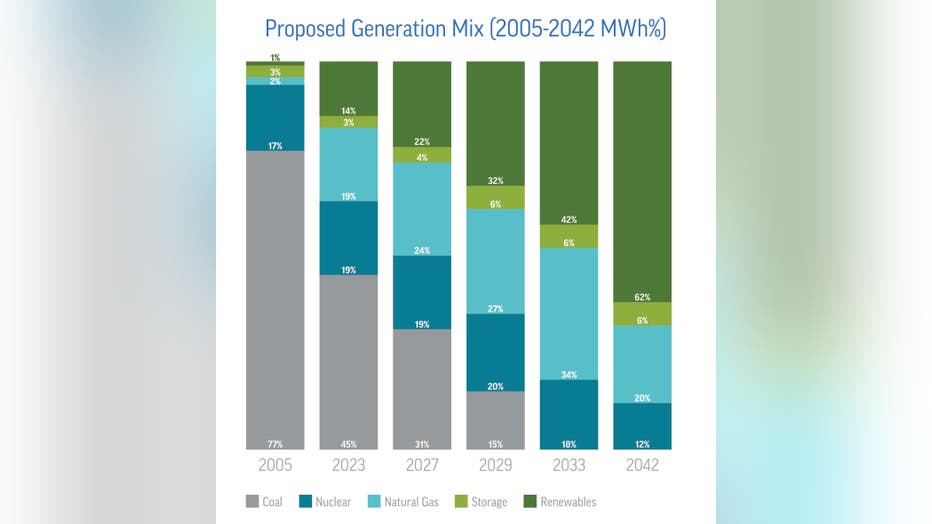DTE raises solar cap on net metering program to 6%

Detroit plans to add solar farms around city
City officials say solar farms will help Detroit reduce blight while also decreasing the carbon footprint.
(FOX 2) - An earlier closure of a coal power plant, an increase in energy savings, and more transparency over political spending; there were many big developments in DTE's latest settlement over its blueprint for generating electricity for the next few years.
Another small but still significant change was an increase to the utility's limit on the number of customers with solar panels that can connect to its grid.
As part of negotiations over its Integrated Resources Plan, DTE said it would raise the cap from 1 to 6% of customers. According to John Freeman with the Great Lakes Renewable Energy Association, that's no small feat.
"For DTE to agree to a jump to 6% is a big deal," he said. "That means a number of new solar installations for small business owners. That additional 5% represents hundreds or thousands of new installations."
The company said it expected to reach the 1% cap by the end of the year and raised the limit after hearing from stakeholders who said they were interested in joining the distributed generation rate.
"This new cap provides significant room for more DTE customers to participate in the distributed generation rate," it said in a statement.
Renewable energy continues to grow as a more attractive source of energy for several reasons; its production includes no waste byproduct like coal or oil, the cost of producing renewable energy continues to fall, and it's accessible to homeowners.

A breakdown of where DTE will get its power in the future. Graphic courtesy of DTE.
When the legislature first passed laws relating to solar power in 2008, it set a limit on the number of customers with solar panels that each of the state's utility companies would be required to hook up to the grid.
People with solar panels that produce more power than they use can earn bill credits by plugging that electricity back into the grid for their neighbors to use. But once a utility reaches their cap, they would no longer be required to hook up solar panel systems to the grid.
MORE: DTE moves up closure of last coal-powered plant
The reason Freeman called DTE's increase big is that they did it voluntarily. There's no governing body that can order a utility to raise its cap without a new law being passed. The commission that approves utility rate cases has no authority over how energy producers manage solar power producing customers.
Currently, there are bills introduced in the legislature that would eliminate the cap entirely. Previous efforts to eliminate the cap have failed to pass.
Jeff Irwin, a state Senator representing part of Washtenaw County introduced SB 0362 in May. He said DTE's move was "good news" since it "was threatening to prevent people from installing solar and put people out of work.
"We still should change the law to remove this arbitrary limit on solar investment," he said in a statement. "Business needs certainty and the state should give residents and installers the green light to invest and work in the solar field."
Currently, within DTE's coverage area, about 7,800 customers had solar installations, a senior policy analyst at GLREA said.
MORE: Powerhome Solar customers say they were left in the dark with hidden high costs
While DTE didn't hit their cap, there is precedent for other utilities doing so. Consumers Energy hit their cap a few years back - and solar power system hook-ups stopped in their coverage area, Freeman said. Not until they raised their cap did hook-ups resume.
The public service commission must still approve the IRP after it was submitted earlier this week.

